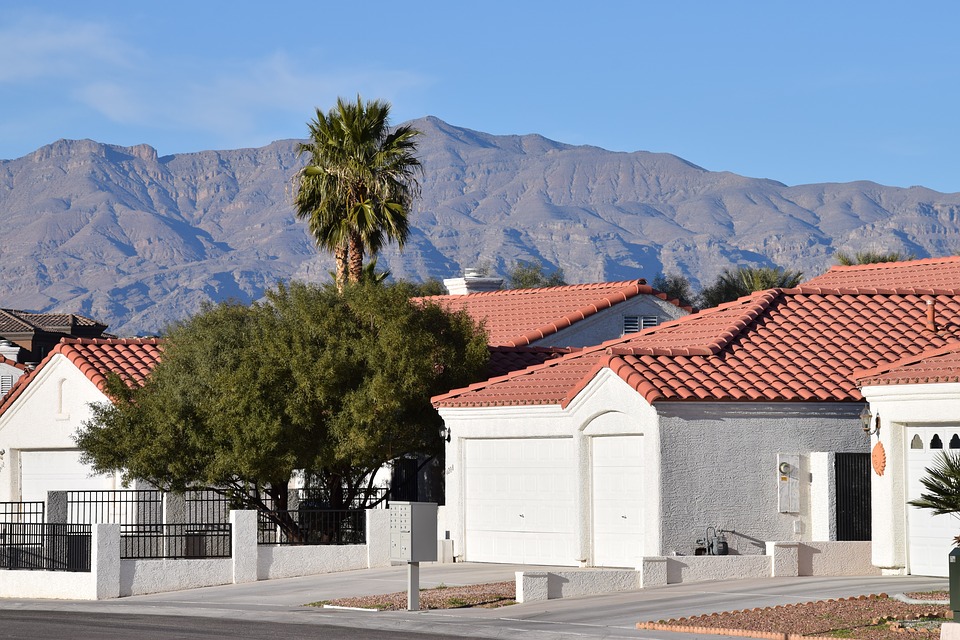Owning Las Vegas rental property is an excellent way to generate passive cash flow on a monthly basis but even though rental properties generate consistent ROI, the reality is that a landlord has a variety of responsibilities to ensure that their property is habitable.
In this article we will share with you all of the things that a landlord must do to ensure that the rental properties they are own meet the requirements of being classified as habitable for their tenants.
Here’s What Makes A Rental Property Habitable
To help you determine whether an issue is going to affect the habitability of the property, let’s look at the top six conditions that can make a rental unit uninhabitable. These include:
1. Lack of essential utilities
Tenants have a right to essential utilities, like hot and cold water, electricity, and heating. As the landlord, you must ensure that repairs to the HVAC system, plumbing, and electrical installations are carried out in a prompt manner. Air conditioning is also part of the “warranty of habitability” in some regions where hot temperatures and scorching weather can be a health issue.
In addition to providing essential utilities, there may be state laws on minimum temperature requirements regarding room and hot water temperatures, so be sure to check your state laws regarding the issue.
2. Structural issues
It’s in a landlord’s interest to keep the rental property in good repair to protect their investment. However, a leaking roof, sagging ceiling, or severe damage to walls won’t just affect the property values. These types of issues also make a rental property an unsafe living environment for the tenant.
And, let’s say the damage to the apartment or unit is damaged due to a fire or flood. In that case, it’s the landlord’s responsibility to provide alternative accommodations for the tenant or tenants while the repairs take place.
3. Rodent or pest infestation
Vermin, roaches, and disease-carrying bugs are not ideal—and can also make a rental property uninhabitable. While a spider scurrying across the floor is a minor issue, a bed bug infestation can render the property uninhabitable. Plus, pests like rats and roaches can carry diseases and pose a health risk to your tenants.
As such, the landlord has to call in the exterminators when these issues occur to get the property into habitable condition. This is a reason why many landlords carry out annual preventative pest control—and it’s to avoid dealing with an unexpected pest problem that can displace tenants. In turn, these emergency issues can end up being very costly for the property owner, so many landlords opt to deal with the pest problems preemptively.
However, the warranty of habitability doesn’t apply if the tenant is the source of the pest problems. For example, let’s suppose a tenant fails to take the garbage out. In turn, a problem with rats or roaches develops. In that case, the tenant may be required to pay for pest control, as they were the cause of the issue.
4. Potential hazards
For a rental unit to be considered habitable, it must also be free from any type of chemical or environmental hazard. The most common hazardous materials found in properties are lead-based paint, asbestos, and mold.
In many states, landlords must provide a lead paint disclosure about buildings built before 1978 that disclose the presence of any known lead-based paint used in the home. That’s because it was common to use lead-based paint in homes built before 1978—and the tenant has a right to know whether these potential hazards are in the home.
Lead from paint, paint chips, and dust can pose health hazards if not managed properly, and it can be especially harmful to young children and pregnant women. Landlords with properties built before 1978 are therefore required to also give tenants a federally-approved pamphlet on lead poisoning prevention, and may also be required to ensure a unit is lead-free if a child under the age of six will be living there.
Landlords are also required to remedy mold issues within the property and resolve the condition that is causing the damp conditions in which the mold thrives. However, the level of mold that makes a rental unit uninhabitable is difficult to determine, as there are no regulations specific to unacceptable mold levels.
5. Ignoring state and local health building codes
There are federal and state laws that regulate the type of conditions tenants have the right to live in. For example, there could be room size requirements that dictate the minimum square footage required for each occupant. Most states also require that smoke and carbon monoxide detectors be installed and checked annually.
Plus, there are other codes you must adhere to as a landlord as well. Are there children under the ages of 10 living in the rental unit? If so, it may be your responsibility to fit window guards on the windows to ensure the safety of the children in your rental unit.
6. Lack of adequate security
Tenants have the right to expect to feel secure in the rental unit, which means that a unit being habitable includes the ability to adequately secure the property. To keep the property in a livable condition, you must repair locks and ensure windows can’t be easily opened from the outside. It is also crucial to change the locks when a new tenant moves in.
Contact Blackbird Realty And Management
For more property management tips, or to speak with us about the services that we can offer you, contact us today by calling (702) 903-3556 or click here to connect with us online

